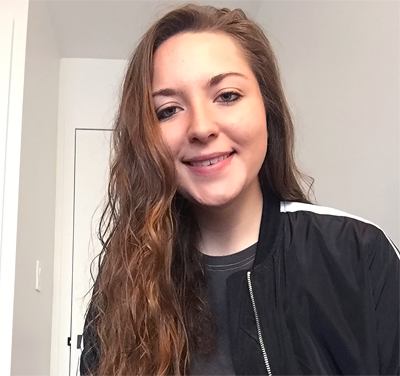Are you looking for a way to boost your listener base and reach whole new markets? Then you might want to consider making your podcast multilingual. Listening to a podcast outside of your native tongue can be very hard though, considering how fast people tend to talk naturally. It’s not like reading a text, where you can go at your own pace. As such, we’ve explored what goes into making a podcast in another language and how to find top-notch translation and transcription services.
Why Make a Podcast Multilingual?
Let’s look at why you might want to translate a podcast into another language.
First of all, people are more comfortable with content that is in their native language. 72.1% of people spend most or all of their time on websites in their own language. Meanwhile, 72.4% of consumers would be more willing to buy a product with information in their own language.
And that makes sense: most people are looking for convenience, especially when it comes to activities they do in their downtime, like listening to podcasts. (23% of Americans have listened to podcasts in the car and 49% listen to podcasts at home.)
So, if you want to expand your audience, it makes sense to translate your podcast into another language using translation and transcription services.
Why You Should Use Translation & Transcription Services
With so many apps that can simply listen to audio and translate it automatically, you may be wondering why you would need human audio translation services. But before you ditch the humans and start Googling “What is the best transcription software?,” consider the details below.
Professional audio translation provided by humans actually serves several purposes. It can:
- Translate messages in a way that takes cultural sensitivities into account, which a machine can’t do.
- Lend a human eye to matters such as tone and make sure grammar mistakes or odd turns of phrase don’t slip into the translation.
- Ensure that idioms and popular culture references stay relevant in the new culture, since podcasts tend to be highly conversational in tone.
- Save time since translating an audio clip is a complicated process.
Below we’ll look more at what goes into an audio translation and why it may be better to outsource the task (and the same applies to video translation, in case you need that too).
How Audio Translation Happens
How do translation and transcription services work? Audio translation as a whole actually has some fairly technical steps. For podcasts, it may look like:
- The first step is audio transcription, where the transcriptionist manually transcribes audio to text (or software is used to put what is said into script form). Transcribing the audio well is key because this is the text that will be translated, localized, and edited.
- The actual translation and localization of the text then takes place using the script. The language is translated line by line, and localization ensures the tone and message fit into the new culture.
- Finally, a highly professional audio translation service will also have proofreaders to review the text in the new language.
When the process is complete, you will have a transcript of your podcast in the new language, which has been tailored to the new culture. From here, you might also wonder about additional services like voiceover artists that can record it for you or captions and subtitles.
How to Find the Best Translation & Transcription Services
There are several ways to go about finding good audio translation and transcription services. You can start by asking around your professional network to see if anyone has worked with services that they would be happy to recommend. Look for other multilingual podcasts and ask those producing them for recommendations.
You can also do searches online when you’re looking for audio translation. Try entering terms like “podcast translation” or “audio transcription” to find the services you need. Large translation agencies will likely handle this service as part of the array of translation services they offer.
Ideally, professional agencies that offer transcription services should deliver 100% transcription accuracy in an efficient and timely manner. A good agency provides consistent output with a guarantee for quality, saving valuable time.
Once you find a prospective translation agency or translator, make sure to properly assess their background. Some main points to keep in mind include:
- The translator or agency should have some background in audio translation and transcription services. See if they have testimonials, references, or files of past audio translation work.
- Check the background credentials of the translator. Many universities have translator programs or courses, so see which qualifications your translator holds. Some translators may have been certified through a professional organization as well. Others may have had on-the-job training, internships, or extensive volunteer work that they can demonstrate. The key here is to check for some professional development related to translation.
- Make sure the translator has some type of system in place for multiple levels of review to ensure quality. An organizational system should also be in place to ensure deadlines are met.
- Take note of how well the translator or agency communicates. They should be open and detailed when answering questions. They should also have a system in place for accepting instructions and feedback.
By properly vetting potential audio translation and transcription services, you can make sure your podcast is fit for new cultures and ready to connect with demographics around the world.
Interested in podcasting with Live365? Join our waitlist to be the first to be notified when podcasting is available on the Live365 platform.
Discover thousands of free stations from every genre of music and talk at Live365.com. Keep up with the latest news by following us on Facebook (Live365 (Official) and Live365 Broadcasting) and Twitter (@Live365 and @Broadcast365)!
Article Image: bnenin via DepositPhotos.

